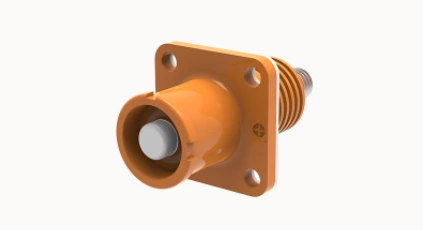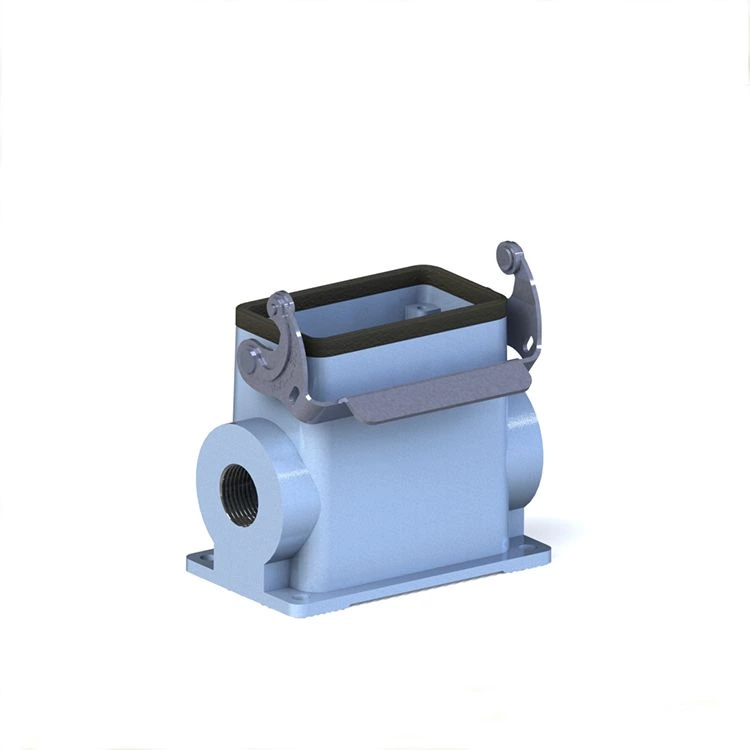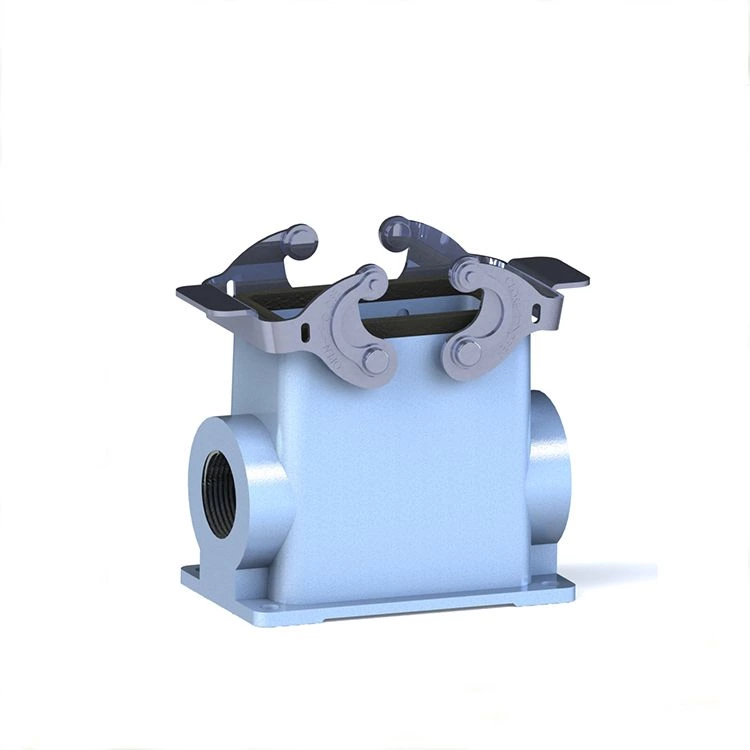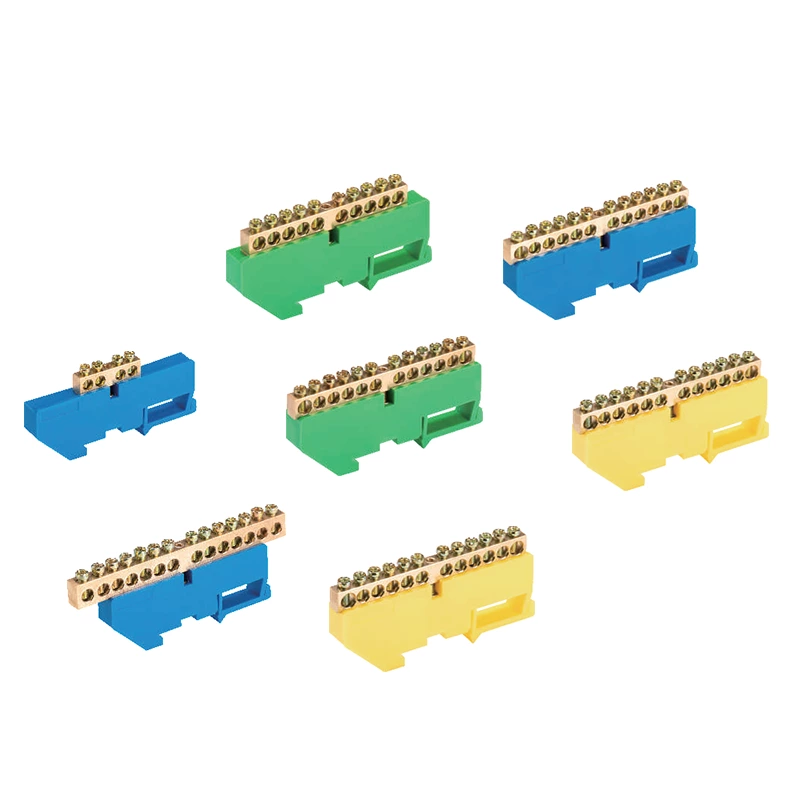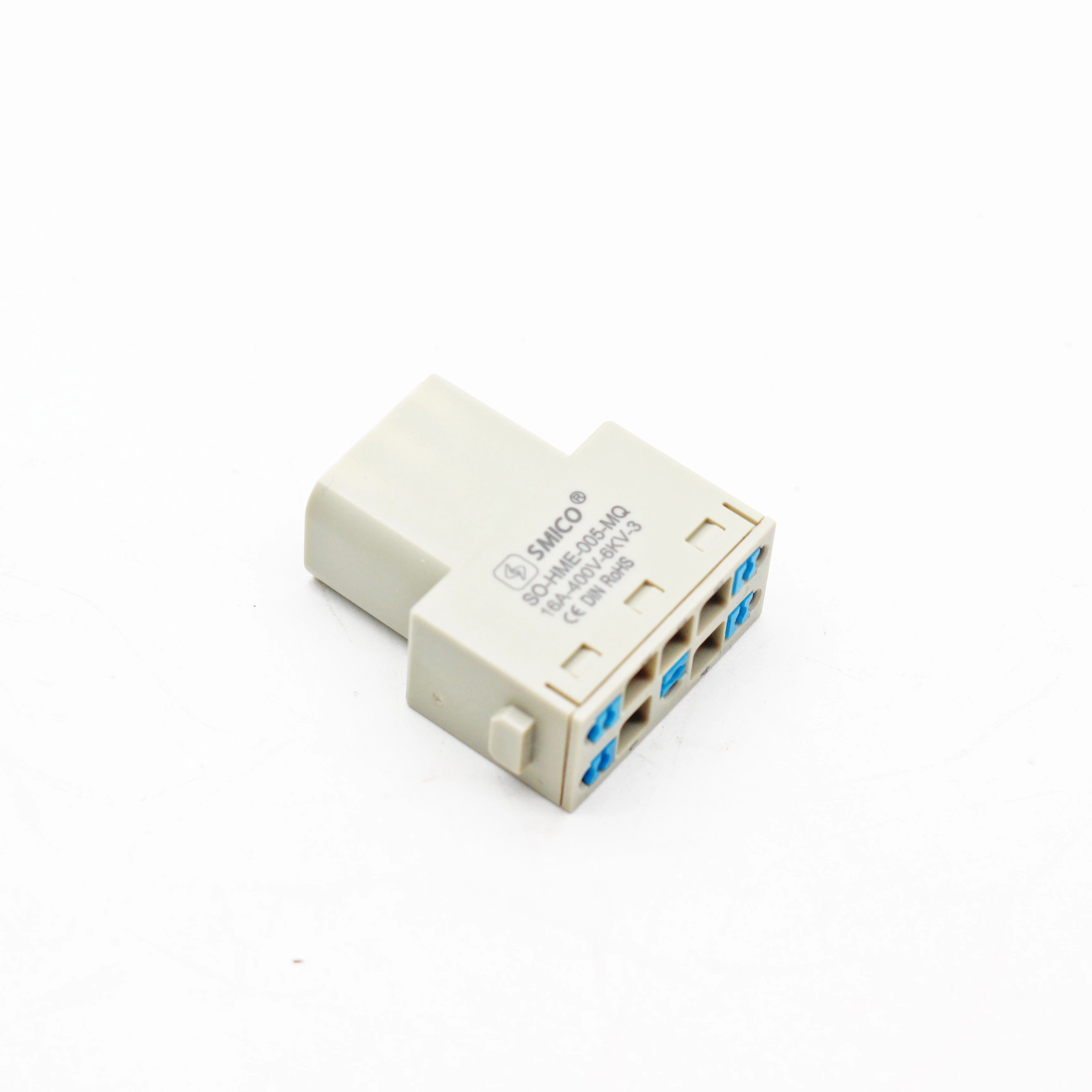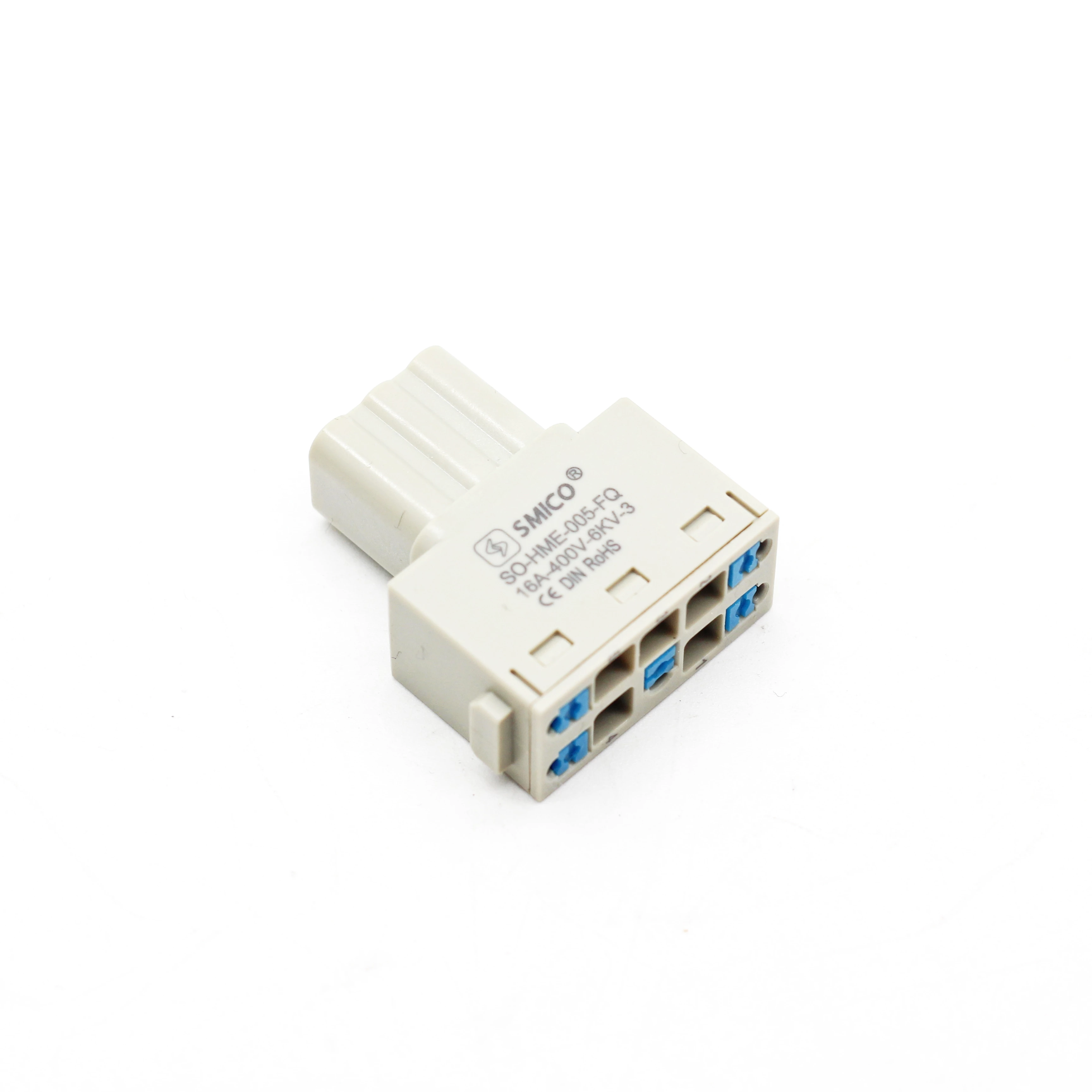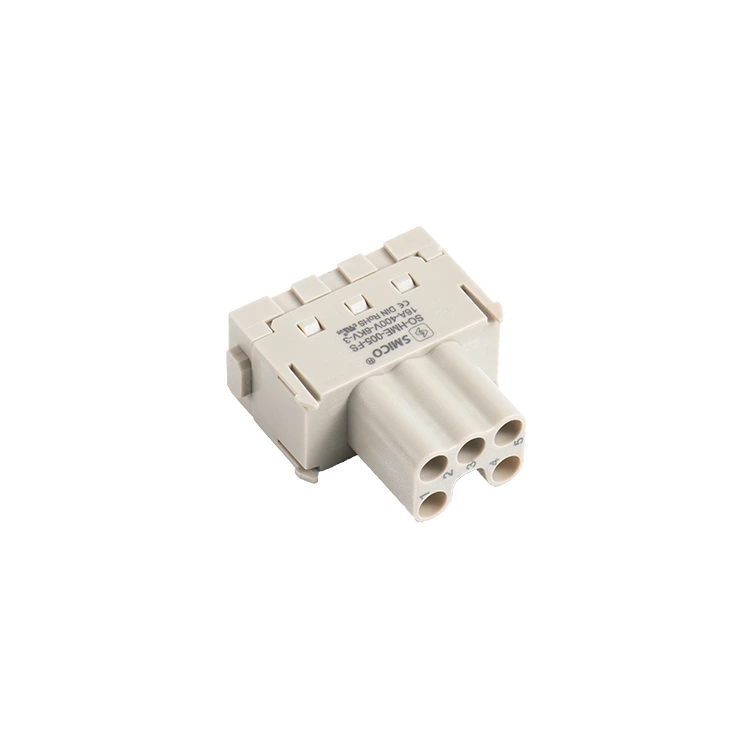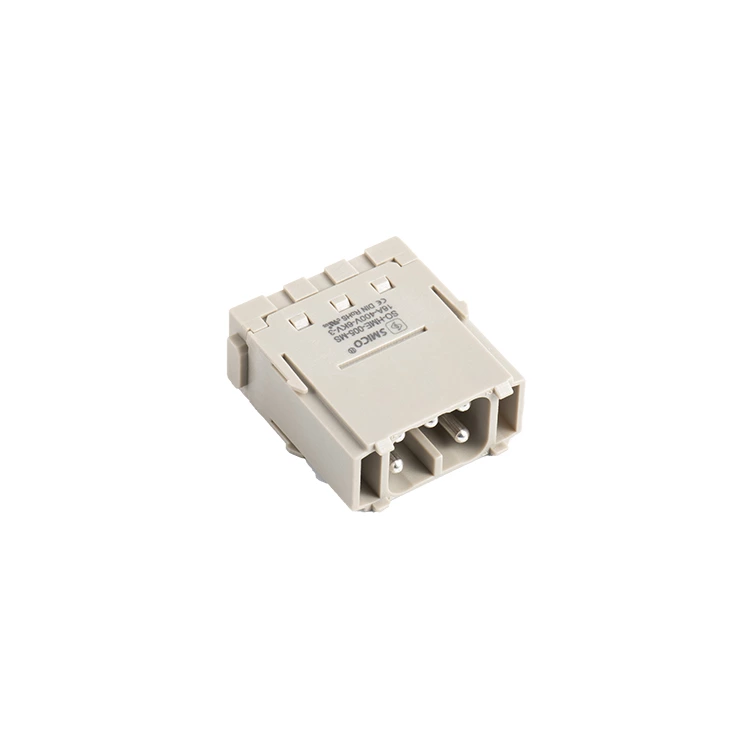Comprehensive Understanding Of Energy Storage Connectors: Synonymous With Large-scale Energy Storage And Long-term Energy Storage?
What is energy storage connector?
Before introducing battery storage connector, we first need to have a brief understanding of the energy storage system. The energy storage system referred to in this article mainly refers to the battery energy storage system, which is generally composed of a battery system, a PCS system, a BMS system, a monitoring system, etc. The battery system is composed of battery cells connected in series and parallel. According to the current common 40-foot 2.5MWh air-cooled energy storage container, it requires about 6510 120Ah cells and 2790 280Ah cells. Thousands of cells are stacked together, and their ambient temperature needs to be controlled, otherwise it will affect the battery life and even cause thermal runaway and bring fire risks.
storage connector is a temperature control technology for battery temperature management. The air conditioners, electric vehicles, and data centers that we are more familiar with all use temperature control technology. Air cooling technology is an extension of air conditioning, while liquid cooling technology is borrowed from electric vehicles. At present, temperature control technologies in the energy storage field mainly include air cooling and liquid cooling. Air cooling uses a fan to bring the heat generated by the battery cell to the outside, while liquid cooling uses convection heat exchange of the coolant to accurately manage the temperature of each battery cell. Energy storage systems first widely used air cooling technology because the technology has a simple structure, mature technology, low cost, and can achieve rapid delivery and deployment. So why is liquid-cooled energy storage receiving more attention at this time?
In 2021, China's energy storage market entered a truly large-scale development. According to the CNESA energy storage database, in 2021, China had more than 70 100-megawatt energy storage projects in planning and construction, and most of the 100-megawatt projects were in the form of independent energy storage/shared energy storage. The construction of independent energy storage/shared energy storage also faces several major challenges: safety, efficiency and economy. The emergence of liquid-cooled energy storage just solves the above problems.
Safer
As the scale of energy storage project construction continues to increase, the capacity of battery cells and the energy density of the system will increase accordingly. Even if 280Ah large-capacity batteries are used, the construction of a 100-megawatt energy storage project still requires hundreds of thousands or even hundreds of thousands of batteries to be combined together, which will generate greater heat and put higher requirements on the temperature control management of the energy storage system.
More economical
In addition to safety, the integrated design of the energy storage system must also take into account the operation and maintenance of the entire life cycle. From this perspective, the liquid-cooled energy storage system is more economical.
More suitable for long-term energy storage
From 2021 to now, various parts of the country have successively issued a number of policies related to energy storage ratios, involving two indicators, one is the power ratio, and the other is the energy storage duration. The power ratio ranges from 5% to 30%, and the energy storage duration ranges from 1h to 4h. Judging from the independent energy storage/shared energy storage currently being planned, the energy storage duration requirement is mostly 2 hours, but with the continuous increase in the proportion of new energy installed capacity such as wind power and photovoltaics, it will increase from the current 26.7% to more than 50% by the end of the "14th Five-Year Plan". In the future, more energy storage will be needed to solve the problem of intraday fluctuations or even multi-week flexibility, as well as to cope with potential extreme weather challenges. By then, the demand for energy storage will reach and exceed the 4-5h configuration, so long-term energy storage will become a rigid demand in the future, and this trend has already appeared abroad.
